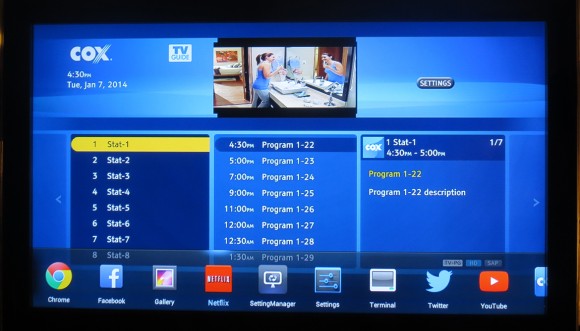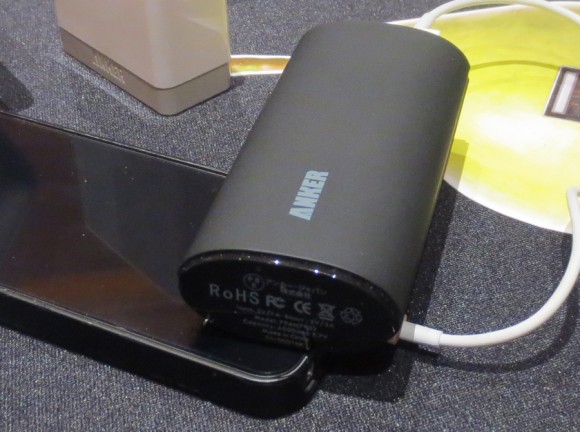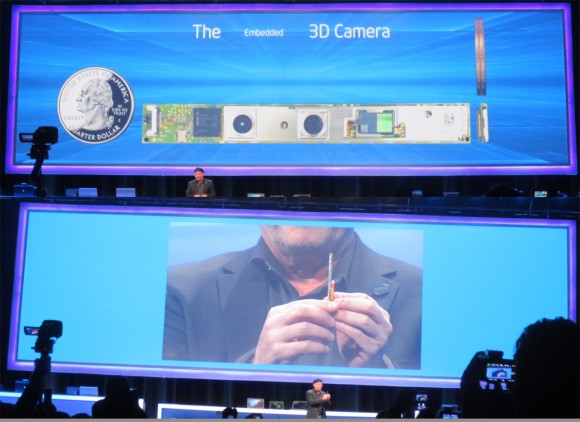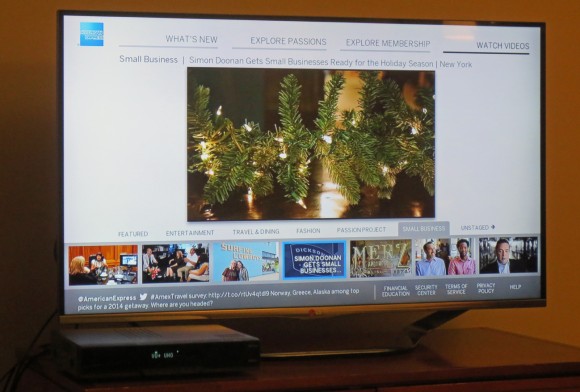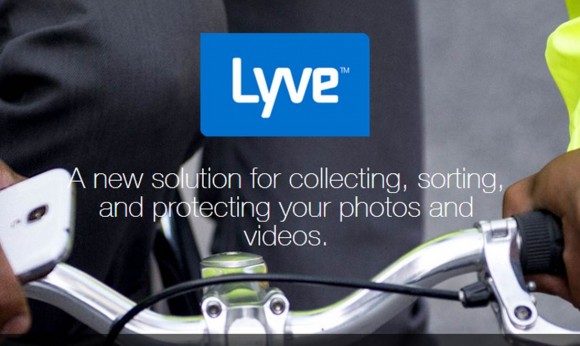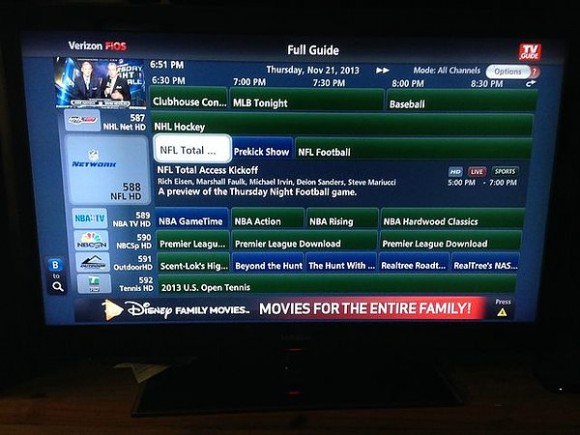
There was a time when we celebrated Verizon FiOS guide updates. But the IMG 1.9.5 release gives us little cause for joy. The updated guide has been rolling out since last year, but it just arrived here at Chez Silbey, and comments on the DSLReports forums show that the version release has been making its way across parts of New York State in the last few weeks as well.
Although there are some minor feature updates in the new interface, the one really noticeable difference is a new ad bar at the bottom of the guide screen. In my market, I see only a Verizon logo splashed across the page, but in other regions there are actual ads appearing, like the Disney banner shown above. The injection of ads was inevitable, but it’s still disappointing as it clutters up the display. More importantly, it’s irritating when the additional ads don’t come with any major feature improvements. Personally I’m not that excited about being able to turn off parental controls for a four-hour period of time. And while it’s nice that people with multiple DVRs can now schedule recordings on a different set-top in the house, that particular feature doesn’t apply to my one-TV home.
Verizon invested significant resources in UI development in the early years of FiOS TV. The company brought us cover art for on-demand titles, IP-based widgets (apps ahead of their time), and a “What’s Hot” recommendation list showing what other viewers in the region are watching. Since at least 2011, however, Verizon has fallen steadily behind many of its competitors, and the FiOS program guide is starting to look seriously outdated.
Fortunately, there’s cause for hope.
